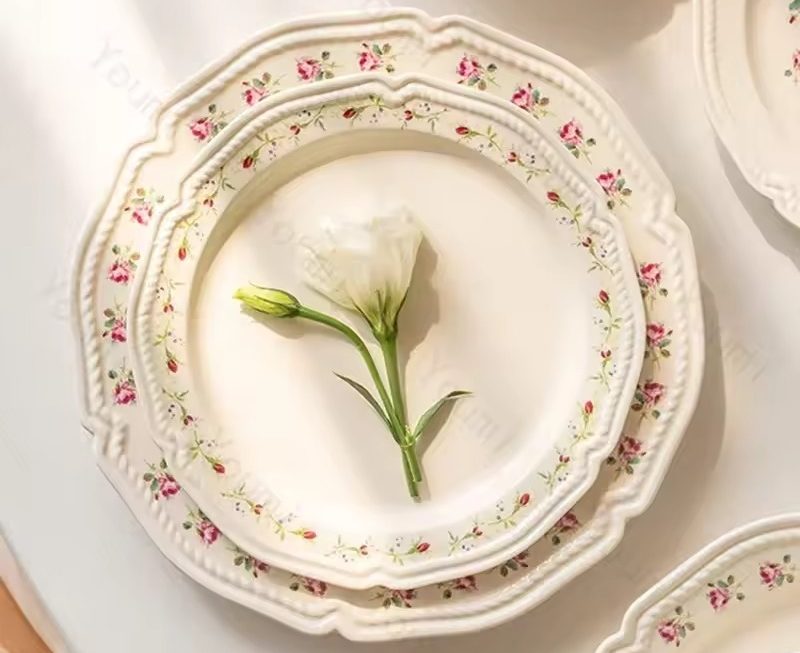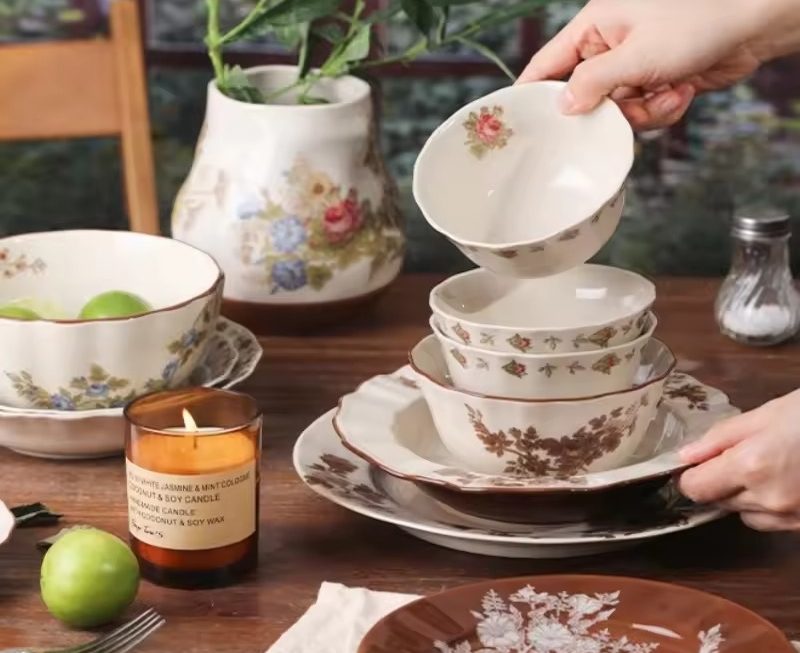How much to install kitchen faucet
Installing a kitchen faucet is an essential home improvement project that many homeowners undertake. Whether you’re putting in a new faucet or replacing an old one, understanding the costs involved can help you budget accordingly. This article will provide insights into the various factors affecting the cost of kitchen faucet installation and offer some useful tips for your project.
 Why Replace a Kitchen Faucet?
Why Replace a Kitchen Faucet?
Before diving into costs, it’s important to understand why you may want to replace your kitchen faucet. Here are some common reasons:
- Leaking: A leaking faucet can waste water and increase your utility bills. It may also cause water damage to your cabinets.
- Outdated Design: Old faucets may not match your kitchen decor. Upgrading can enhance your kitchen’s aesthetics.
- Improved Functionality: Newer models often come with features like pull-down sprayers or touchless technology, making your kitchen tasks easier.
- Corrosion and Damage: Over time, faucets can corrode or break, leading to the need for a replacement.
 Factors Influencing the Installation Cost
Factors Influencing the Installation Cost
The cost to install a kitchen faucet can vary widely. Here are key factors that affect the final price.
1. Type of Faucet
The type of faucet you choose will have a significant impact on the cost. Here are some popular options:
- Standard Faucets: These are typically less expensive and straightforward to install. Prices can range from $20 to $150.
- Pull-Down or Pull-Out Faucets: These are a bit more complex and can cost between $150 and $400.
- Touchless Faucets: These modern faucets use sensors. They are convenient but can range from $300 to $800 or more.
2. Materials
The material of the faucet can also influence cost. Here are some common materials:
- Stainless Steel: Durable and resistant to rust, these faucets generally fall in the mid-range price category.
- Brass: Heavy-duty and long-lasting, brass faucets tend to be more expensive.
- Plastic: The most affordable option, but often less durable.
3. Labor Costs
How much to install kitchen faucet
Labor costs can vary based on your location and the complexity of the installation. Here’s what to consider:
- Professional Installers: Hiring a plumber can cost anywhere from $75 to $150 per hour. For a simple faucet installation, it may take 1-2 hours.
- DIY Installation: If you feel comfortable doing it yourself, you can save on labor costs. However, ensure you have the right tools and knowledge.
Additional Costs to Consider
While you may think you only need to budget for the faucet itself and the installation labor, there are other costs to keep in mind:
1. Additional Parts
Sometimes, additional parts may be necessary for a successful installation:
- Supply Lines: Older supply lines may not fit the new faucet, leading to added costs.
- Mounting Hardware: New faucets might require new mounting hardware.
2. Changing Plumbing
If your current plumbing setup is not compatible with your new faucet, additional costs can accrue. You may need:
- New Pipes: To reroute or replace old pipes.
- Plumbing Services: An extra visit from a plumber.
3. Water Filter Installation
How much to install kitchen faucet
If your new faucet includes a water filter, you may incur additional installation costs. Filters can add a few hundred dollars to the total price, depending on the system.
 How to Estimate Your Costs
How to Estimate Your Costs
To get a clear picture of how much your project will cost, follow these steps:
1. Research Faucet Prices
Start by looking at different types of faucets. Compare prices online and in local stores.
2. Get Quotes from Plumbers
Contact a few local plumbers for quotations. Make sure to ask about the total price, including parts and labor.
3. Add Up Additional Costs
Consider any extra parts or services you may need. Make a list to ensure you don’t forget anything.
4. Set a Budget
Once you have all the information, set a budget. Include a little extra for unexpected costs that may arise.
 Tips for Reducing Installation Costs
Tips for Reducing Installation Costs
While installing a kitchen faucet can be an expense, there are ways to save money:
1. Do-It-Yourself
If you have basic plumbing skills, consider installing the faucet yourself. There are many online tutorials that can guide you through the process.
2. Buy a Faucet with a Warranty
Some faucets come with warranties that cover repairs or replacements. This can save you money in the long run.
3. Look for Sales
Many home improvement stores offer sales at various times of the year. Keep an eye out for discounts.
4. Consider a Simple Design
Choosing a simpler faucet design can save you money both on the initial purchase and on installation.
Common Mistakes to Avoid
When installing a kitchen faucet, avoid these common mistakes:
1. Ignoring the Water Pressure
Before purchasing a faucet, check your home’s water pressure. Some faucets function better under certain conditions.
2. Skipping the Plumbing Inspection
If you are unsure about your plumbing setup, have it inspected. This can prevent future issues.
3. Overlooking the Size
Measure the space to ensure a perfect fit. A faucet that is too large may not look right in your kitchen.
The trends in kitchen faucets:
The trends in kitchen faucets have evolved significantly in recent years, reflecting both functional and aesthetic preferences among consumers. Here are some of the key trends:
Smart Technology:
Many modern kitchen faucets now come with smart features like touchless activation, voice controls, and smartphone connectivity, making them more convenient and user-friendly.
Sustainability:
Eco-friendly faucets are becoming popular, focusing on water conservation with flow-reduction technologies and sustainable materials.
Minimalist Designs:
Sleek, minimalist designs are trending, with simple lines and finishes that blend seamlessly with various kitchen styles.
Matte Finishes:
Matte black, brass, and other non-reflective finishes are gaining popularity, offering a sophisticated look that pairs well with a variety of decor.
Pull-Down Sprayers:
Pull-down sprayers continue to be a favorite for their versatility and ease of use, making cleaning and food preparation more efficient.
Commercial Styles:
Faucets that mimic commercial kitchen styles are also trending, characterized by larger sizes and robust construction, appealing to home chefs.
Integrated Water Filtration:
Faucets with built-in water filtration systems are becoming more common, catering to health-conscious consumers who prioritize clean drinking water.
Customization Options:
Many brands now offer customizable faucets, allowing consumers to choose finish, handle styles, and spout heights to match their individual preferences.
These trends not only cater to functionality but also enhance the overall aesthetic appeal of modern kitchens, reflecting a blend of innovation and design.
Several important considerations to keep in mind:
How much to install kitchen faucet
When installing a kitchen faucet, there are several important considerations to keep in mind:
Choose the Right Faucet: Make sure the faucet you select fits the configuration of your sink (number of holes and spacing).
Gather Tools and Materials: Before starting, gather all necessary tools (like a wrench, screwdriver, and plumber’s tape) and materials (like washers and mounting hardware).
Turn Off Water Supply: Always turn off the water supply to avoid any leaks or flooding during installation.
Clear the Area: Ensure the under-sink area is clean and accessible to make the installation easier.
Follow Manufacturer’s Instructions: Carefully read and follow the installation instructions that come with the faucet, as they can vary by model.
Check for Leaks: Once installed, turn the water supply back on gradually and check for any leaks around the connections.
Secure Connections: Ensure that all connections are tightened but avoid overtightening, which can damage the fittings.
Test the Faucet: After installation, test the faucet to ensure it operates smoothly and that both hot and cold water are functioning.
Use Plumber’s Tape: Apply plumber’s tape to threaded connections to prevent leaks.
Consider Professional Help: If you’re unsure about any step, don’t hesitate to consult or hire a professional plumber.
Following these steps will help ensure a successful faucet installation.
 Conclusion
Conclusion
How much to install kitchen faucet
Installing a kitchen faucet is a worthwhile investment that can enhance your home’s functionality and appearance. By understanding the various costs involved and following the tips outlined in this article, you can make an informed decision. Remember to explore different faucet types, consider labor costs, and factor in potential additional expenses. With the right planning, you can enjoy a new kitchen faucet without breaking the bank. Whether you choose to do it yourself or hire a professional, the key is to be prepared and informed for a successful project.



